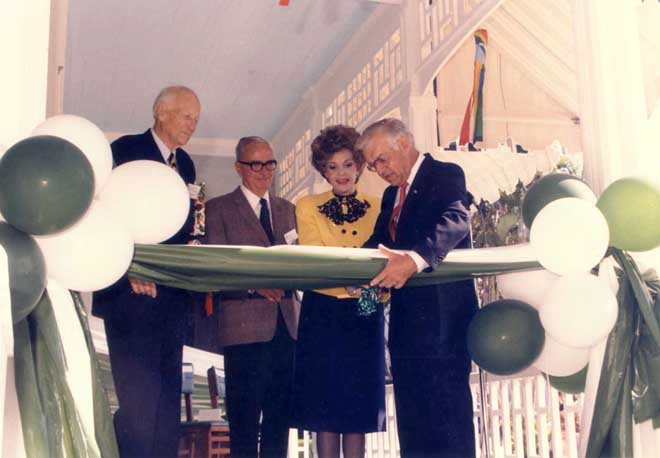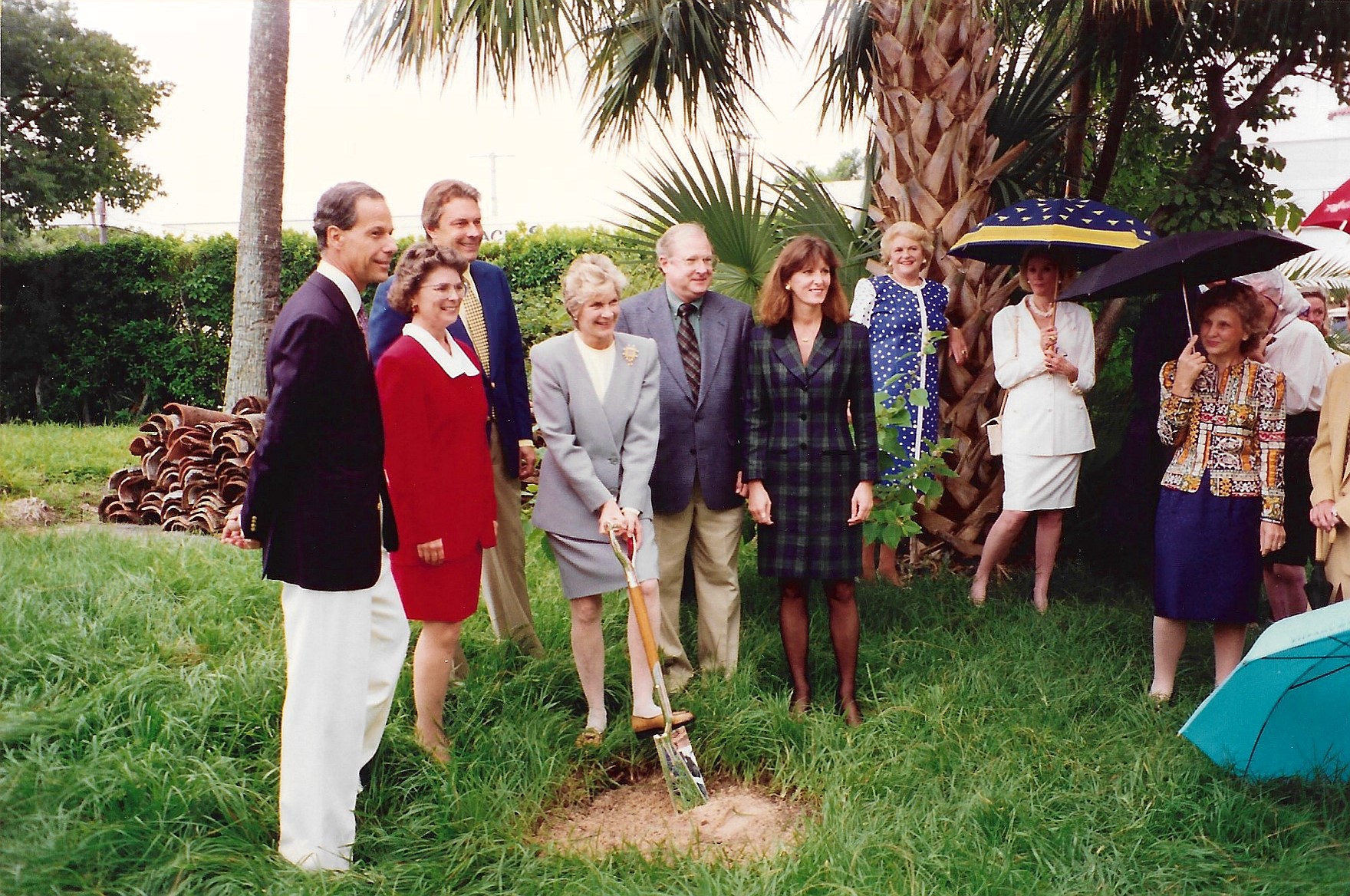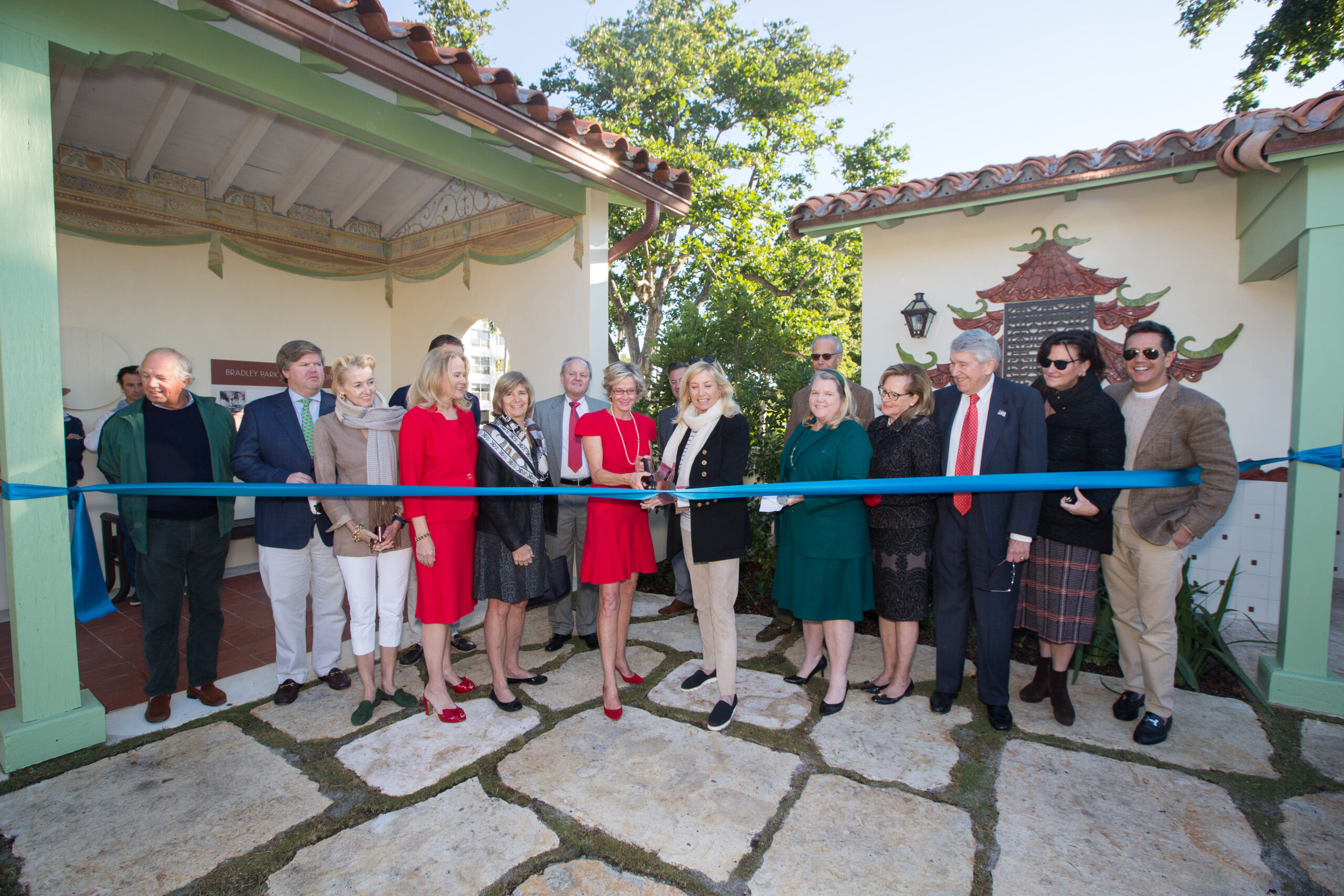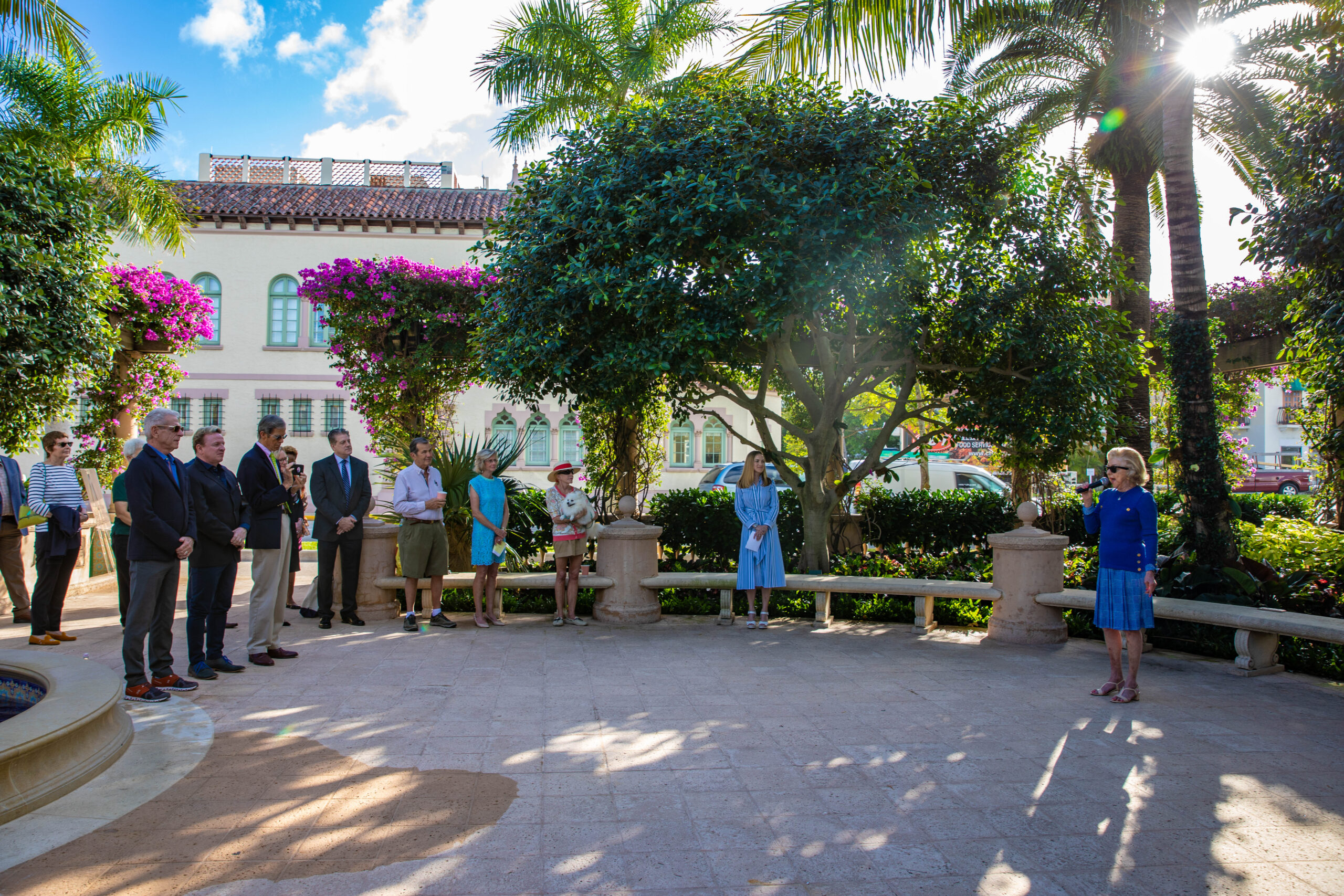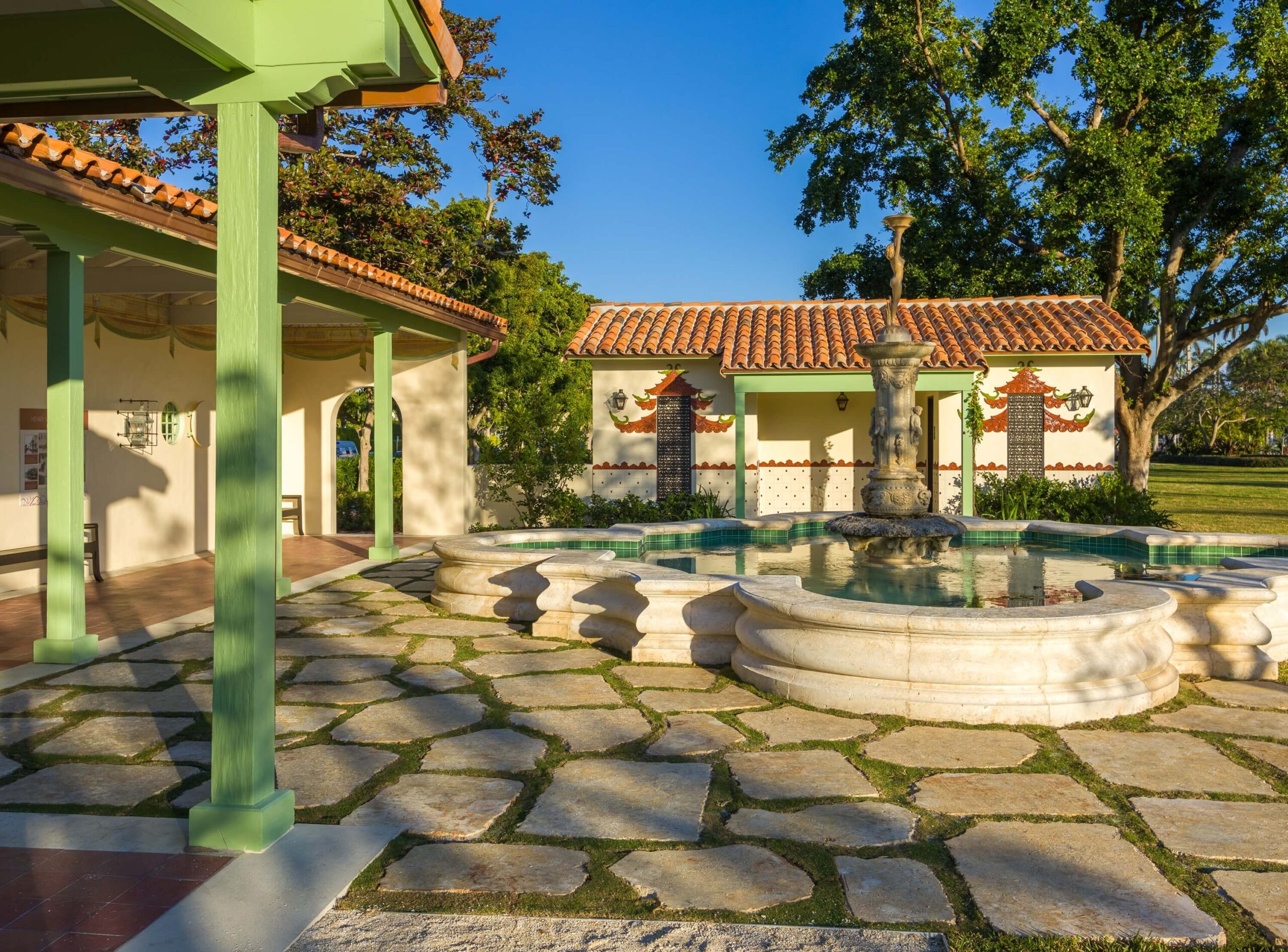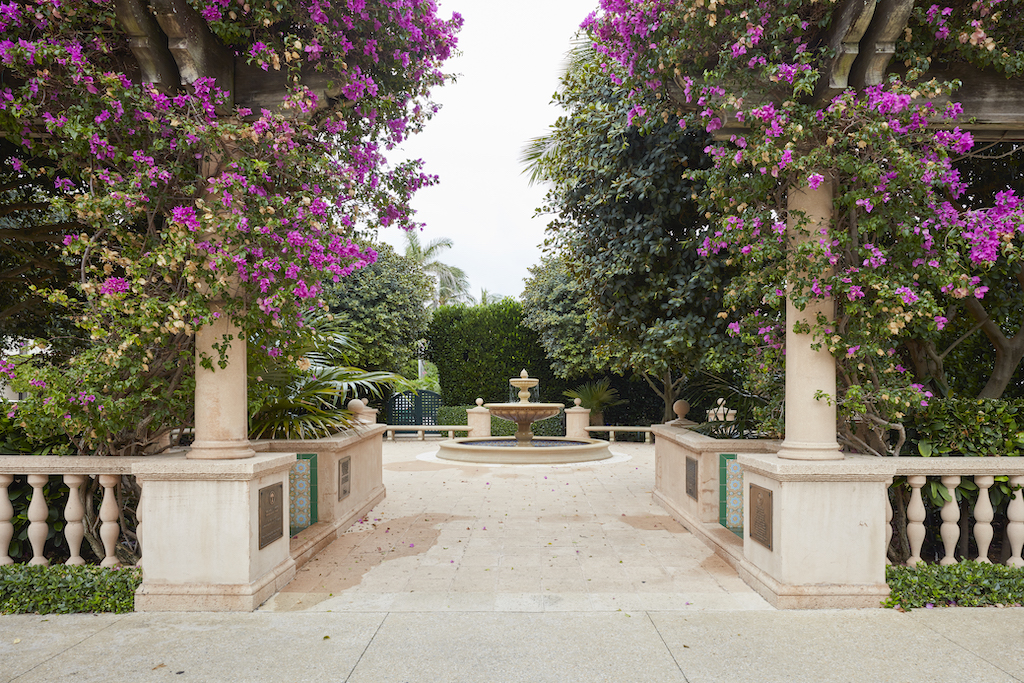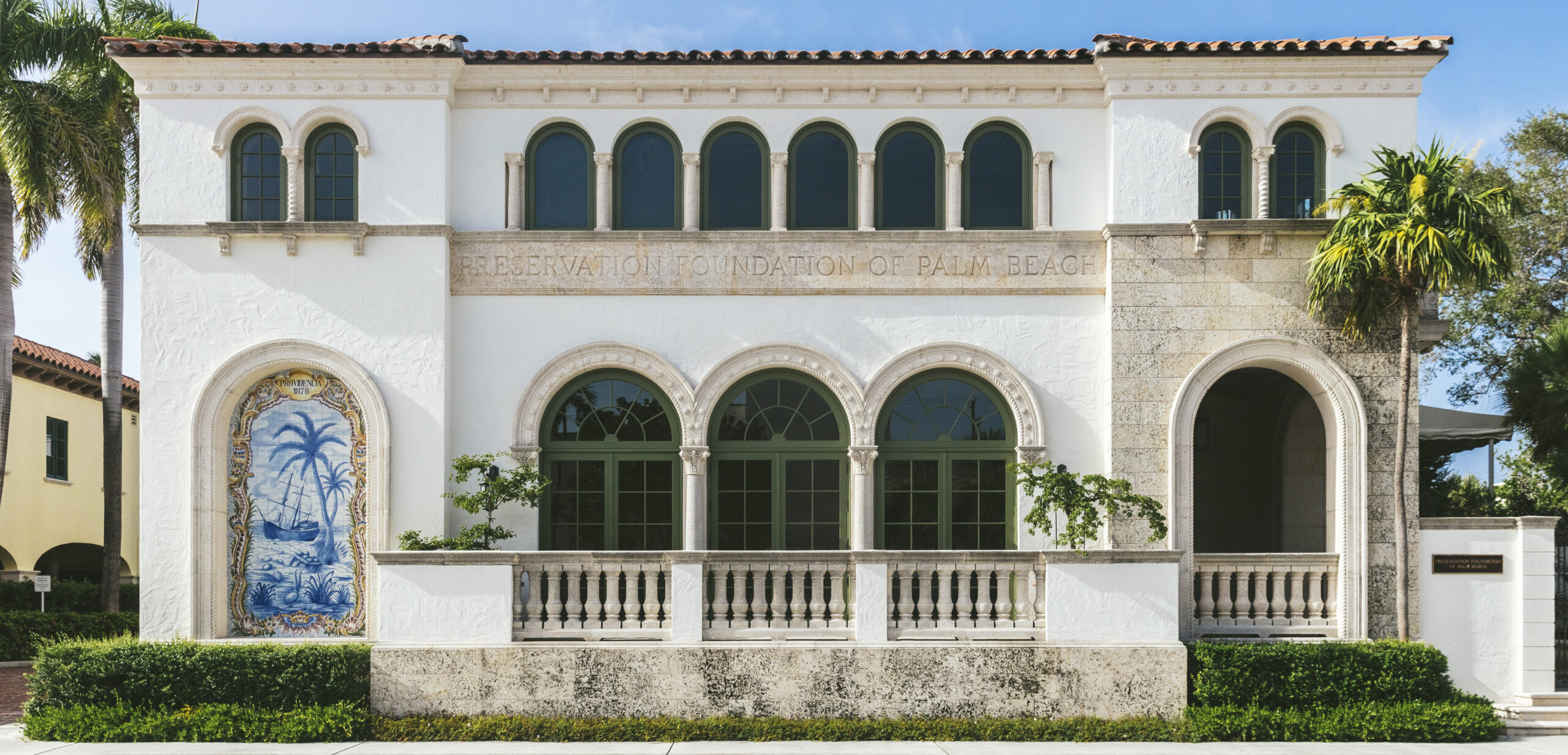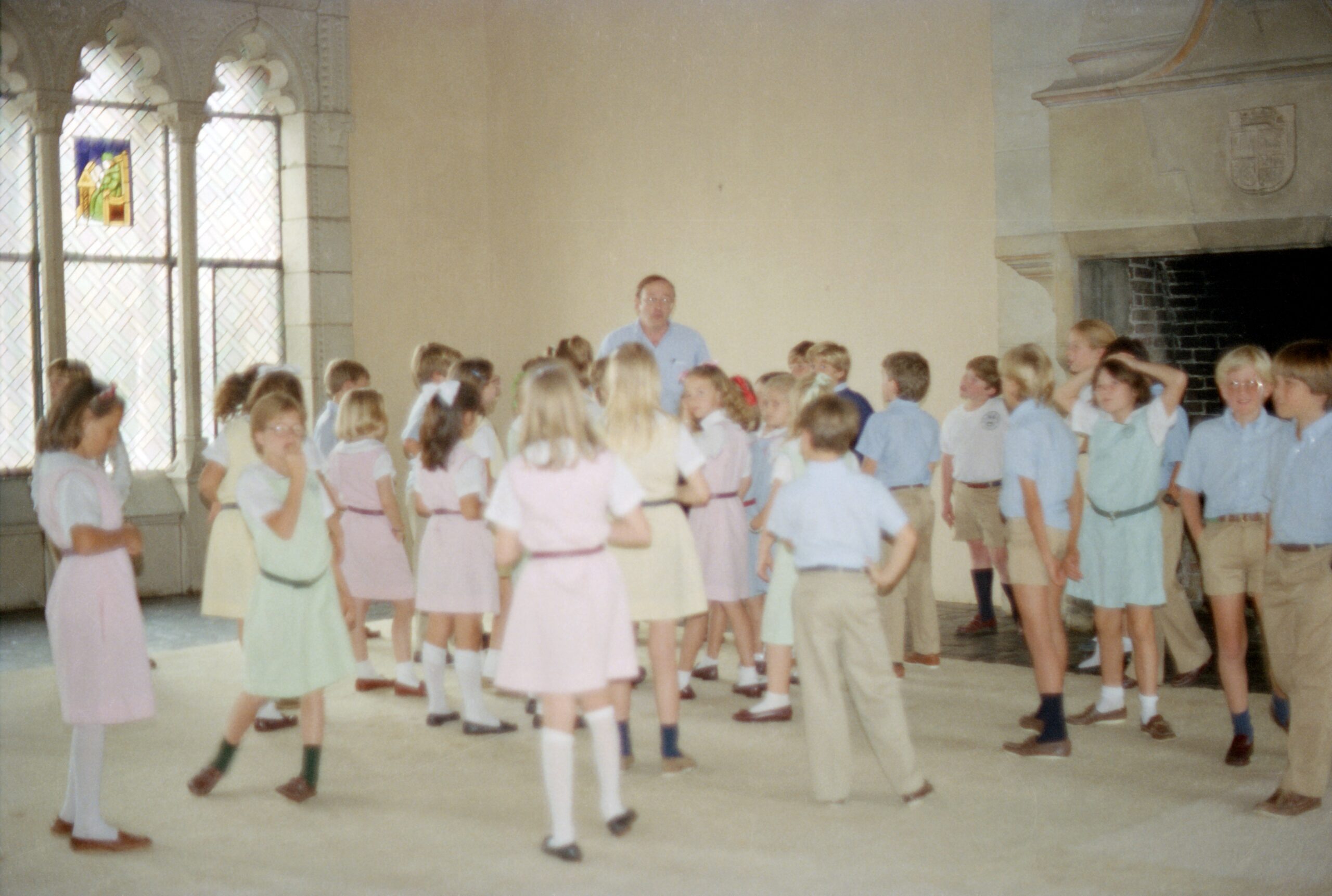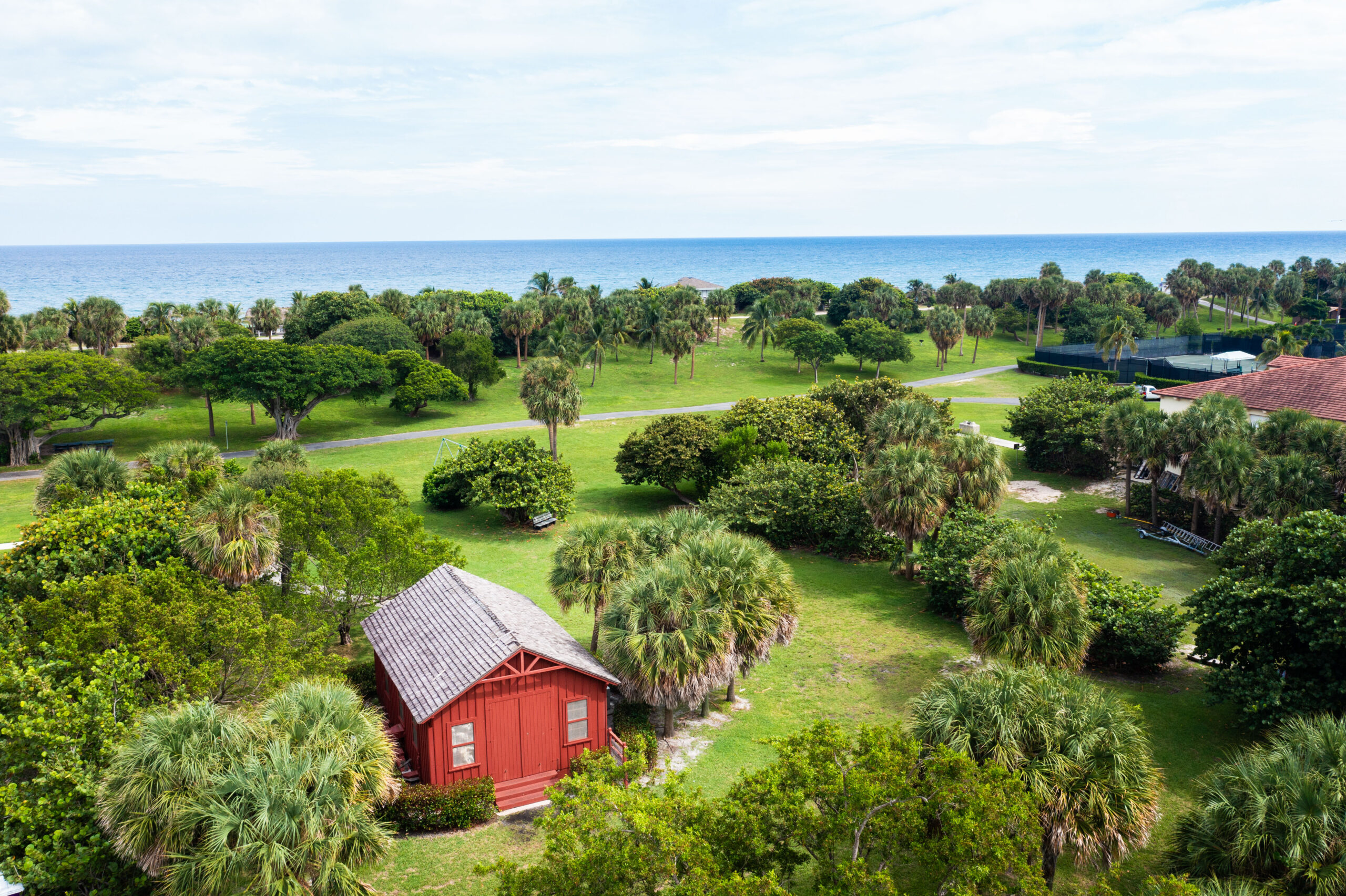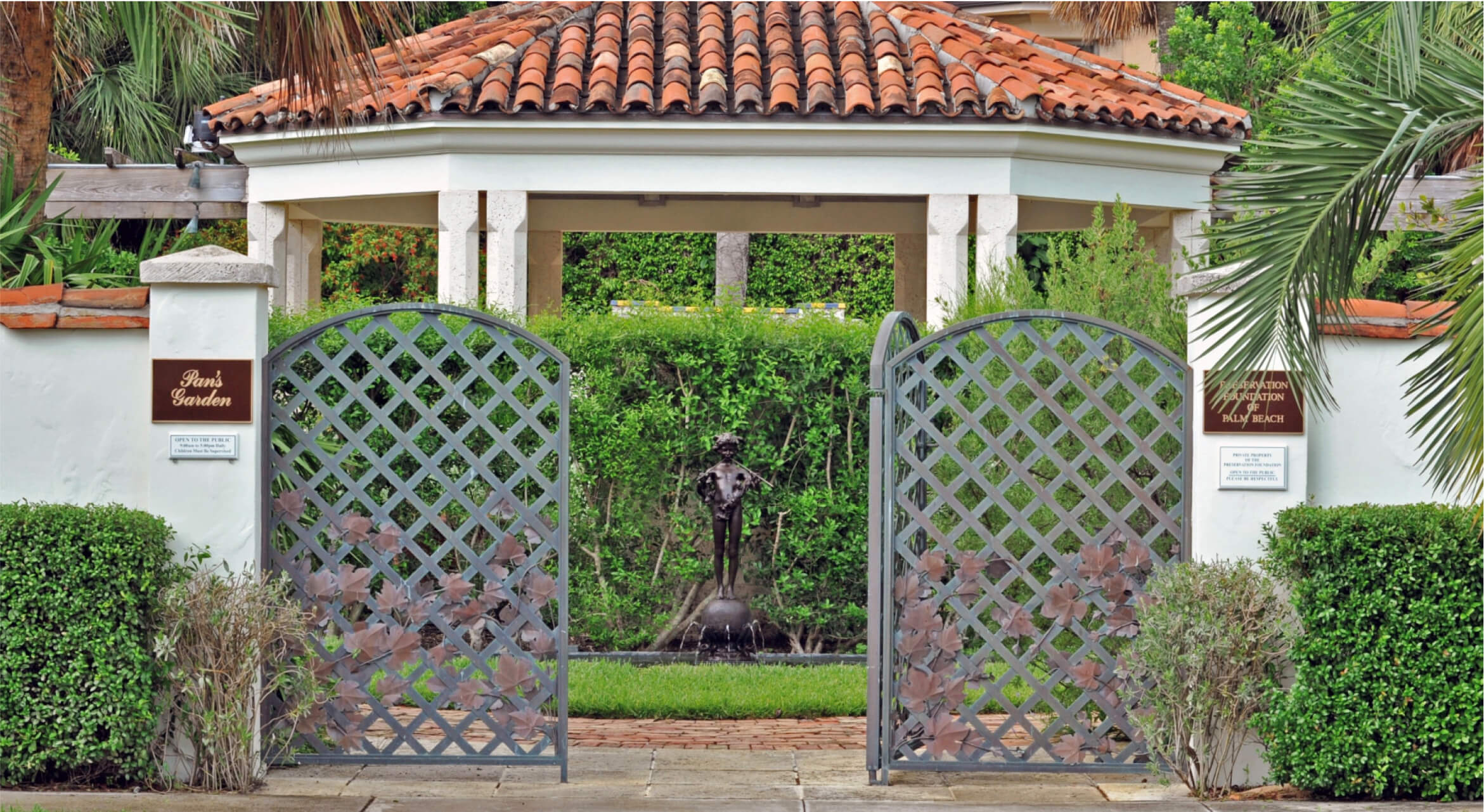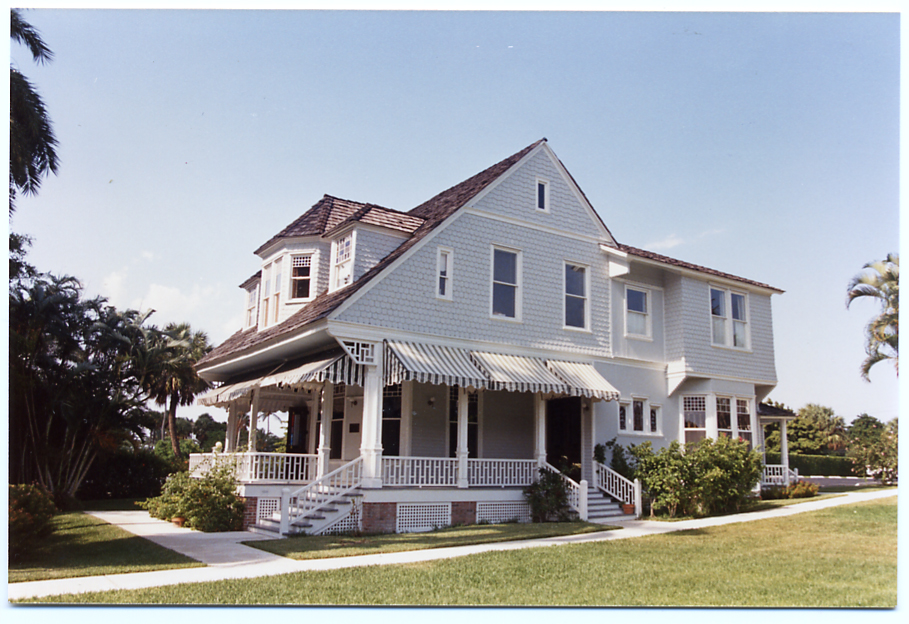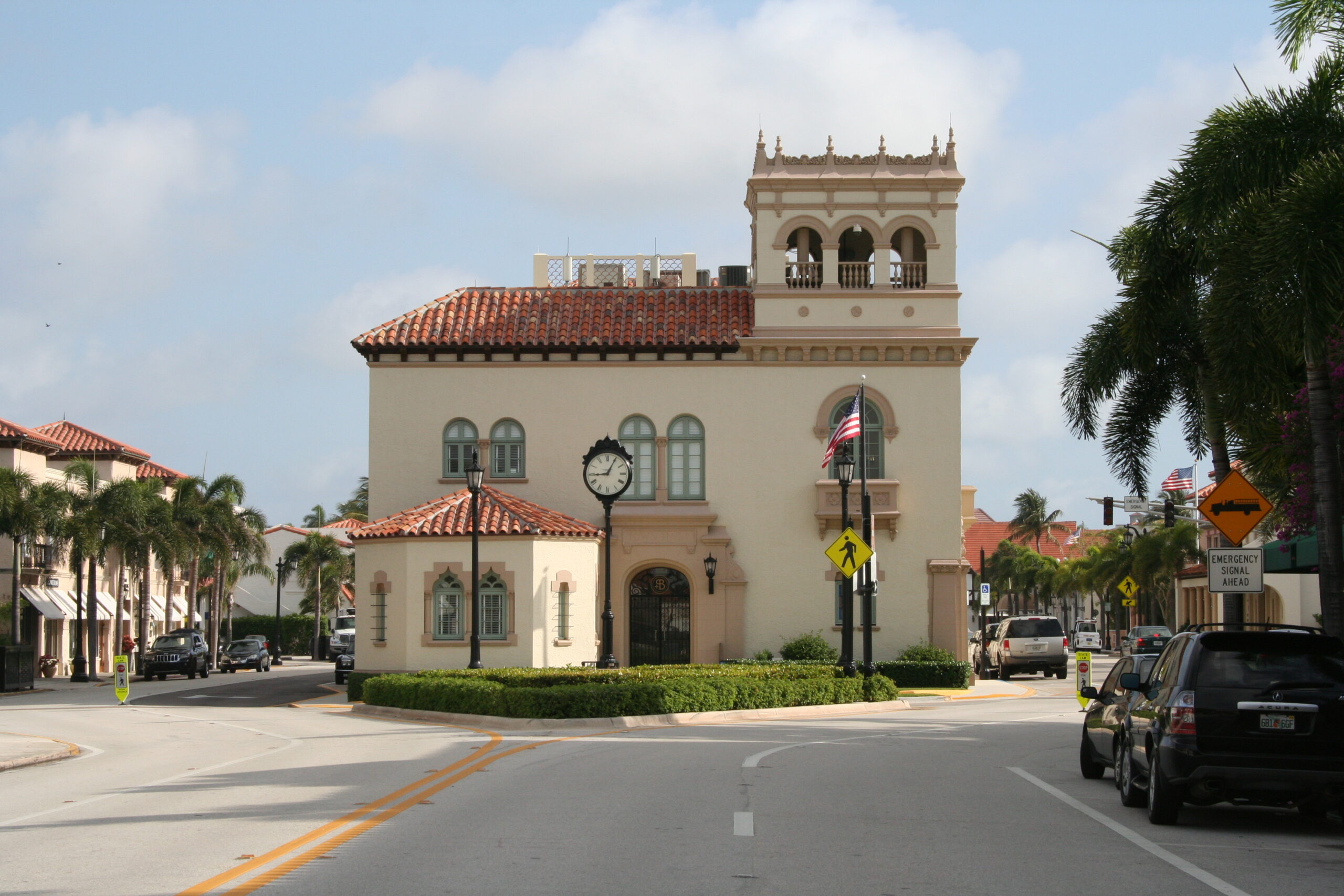Shortly after the Preservation Foundation of Palm Beach was established in 1980, founding Chairman Earl E.T. Smith spoke passionately before the Town Council about the unique character the new organization was created to protect:
The Preservation Foundation believes that the physical environment of this town – the natural terrain, the town plan, the buildings, the landscape, and the island setting – makes ours the most beautiful and unique community in this country and that this environment is one of Palm Beach’s most precious resources.
Founding Chairman
For more than four decades, the Preservation Foundation has led projects across the island that safeguard Palm Beach’s architectural, botanical, and cultural heritage. Millions of dollars have been raised to preserve landmarks such as Sea Gull Cottage and Town Hall, while projects like Pan’s Garden and the Bradley Park beautification have deepened appreciation for the island’s natural and civic beauty. Our most recent town-serving endeavor—the transformation of Phipps Ocean Park—carries that legacy forward into the next generation.
Beyond preservation and design, the Foundation’s educational initiatives reach nearly 5,000 students each year, instilling an early understanding of Palm Beach’s history and environment. Programs such as Heritage Education, alongside field trips to Pan’s Garden and the Little Red Schoolhouse, immerse students in the island’s stories—connecting the past to the present through architecture, ecology, and community.
These achievements—made possible through the vision of our founders and the generosity of Palm Beach residents—reflect a shared belief: that preservation is not only about protecting the past, but about ensuring a more beautiful and meaningful future.
Explore our projects below.
-
Completed in December of 2017, the Preservation Foundation of Palm Beach’s $2.7 million beautification project at Bradley Park was the result of a public-private partnership with the Garden Club of Palm Beach and Town of Palm Beach. The project activates a formerly underutilized 4.4-acre public park located on the town’s historic main street and showcases […]
-
Since its dedication in 1989, Earl E. T. Smith Park has been a proud landmark in Palm Beach and a noteworthy illustration of the Preservation Foundation’s community-oriented goals. Located directly west of town hall, the park’s charismatic architecture and lush landscaping provide a peaceful and tranquil escape for residents to truly enjoy.
-
The Preservation Foundation’s Mediterranean Revival style headquarters is the location of the organization’s architectural archives and a locale for cultural events, lectures, and special exhibitions.
-
The Preservation Foundation of Palm Beach introduced its Heritage Education Program at Palm Beach Day Academy in 1987 to teach about the history and culture of the community through the medium of local architecture. Since that time, the program has expanded its reach and is currently offered at Palm Beach Day Academy, Palm Beach Public, […]
-
Founded in 1886 as a community project, the Little Red Schoolhouse was the first schoolhouse in southeast Florida. Its first seven scholars were taught by Miss Hattie Gale, the 16-year-old daughter of the Reverend Elbridge Gale, former Professor of Horticulture at Kansas State Agriculture College who came to the Lake Worth area of Florida to be a minister and local botanist.
-
Pan’s Garden is a half-acre botanical garden showcasing Florida’s native plants. As a distinctive environmental concept featuring a wetlands and uplands area, the mission of Pan’s Garden – to protect and celebrate Florida’s indigenous plants and the wildlife they support – is a guiding example of landscape stewardship.
-
When Sea Gull Cottage—the oldest house in Palm Beach—was threatened with demolition in 1984, the Preservation Foundation negotiated and underwrote its relocation across the island to its original Lake Trail location. The cottage was meticulously restored in the Victorian style of the late 1800s using original photographs. Through a partnership with the Royal Poinciana Chapel, […]
-
By the late eighties, Town Hall was a faded example of a municipal building. Designed in 1926 by Harvey and Clarke, it was one of the first structures landmarked in 1979. The exterior restoration in 1989 brought the historical details back to life, while the interior renovations in 2009 updated the building for use as […]
